Don’t be fooled by San Francisco’s modest footprint of seven miles by seven miles (less than ten percent the size of Los Angeles). This cosmopolitan mini-metropolis surrounded by the bay and the Pacific Ocean is awash with outdoor adventure, Michelin-starred restaurants, historic sites, world-class museums, and independent mom-and-pop shops. It all tucked into a tapestry of hilly neighborhoods lined with Victorian houses, green parks, and an independent ethos. Whether you’re searching for a visit full of music and art, different cuisine, or can’t wait to ride a cable car or cross the Golden Gate. Our guide has you covered. Here are 24 top things to do the next time you visit San Francisco.
Invigorating excursions through nature, as well as walks along the city’s trails and beaches. This is a part of life in San Francisco as Karl the Fog (yep, San Franciscans named their most famous weather pattern). Which can appear at any time during the four seasons.
Golden Gate Bridge
Golden Gate Bridge is a suspension bridge well-established in the Golden Gate Strait. Which links the Pacific Ocean and San Francisco Bay allowing transport between San Francisco, Marin, and Sausalito. It’s walking (just under two miles) but very accessible to view by automobile.
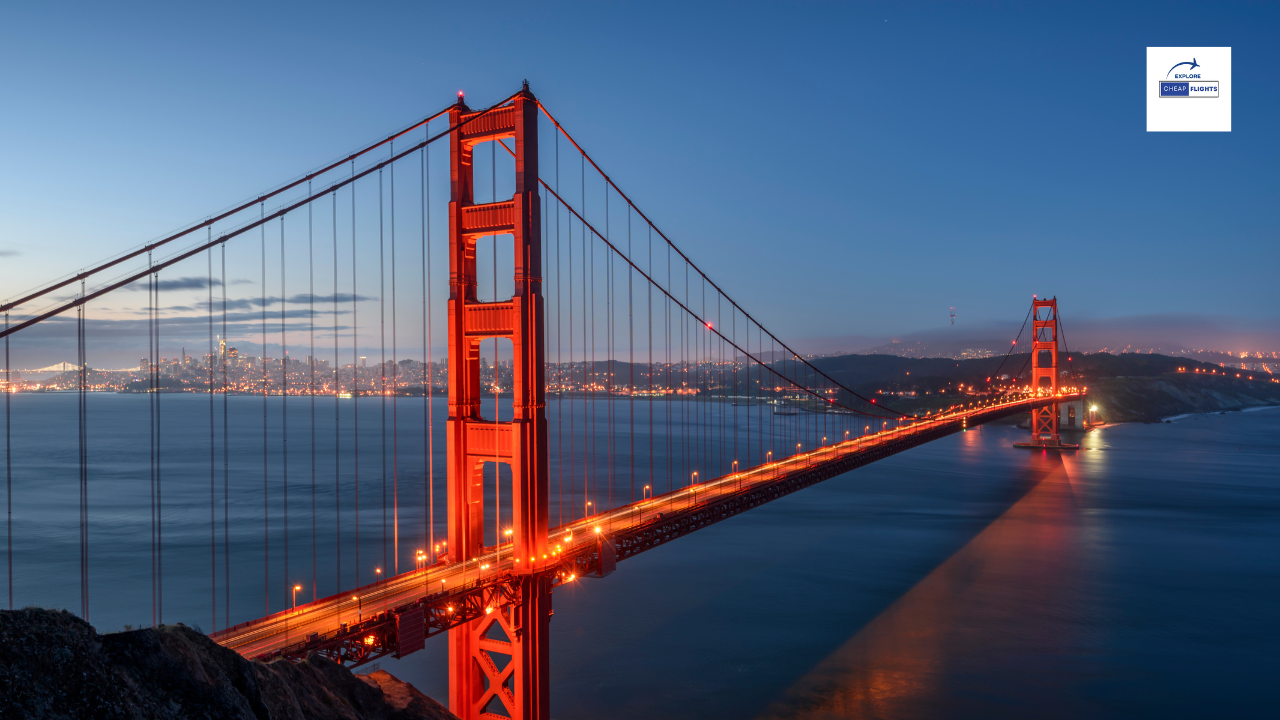
It isn’t easy to appreciate the bridge’s size or beauty unless you’ve crossed it. Stop outside the Welcome Center at the statue of the bridge’s creator, Joseph Strauss, and search for inscriptions outlining the bridge’s history before taking the usual photo.
Tasty Adventures: Japan town Food Tour
Edible Excursions is led by a team of experienced guides passionate about San Francisco, cuisine, and showcasing Japantown. Small groups wander, munch, sip, and savor for around two hours while hearing neighborhood tales and visiting family-run business owners. This is a neighborhood where you should not be frightened to walk through the doors since they are filled with nice people. The wonderful cuisine, and a community that is proud of its past and culture. At first glance, Japan town looks calm.
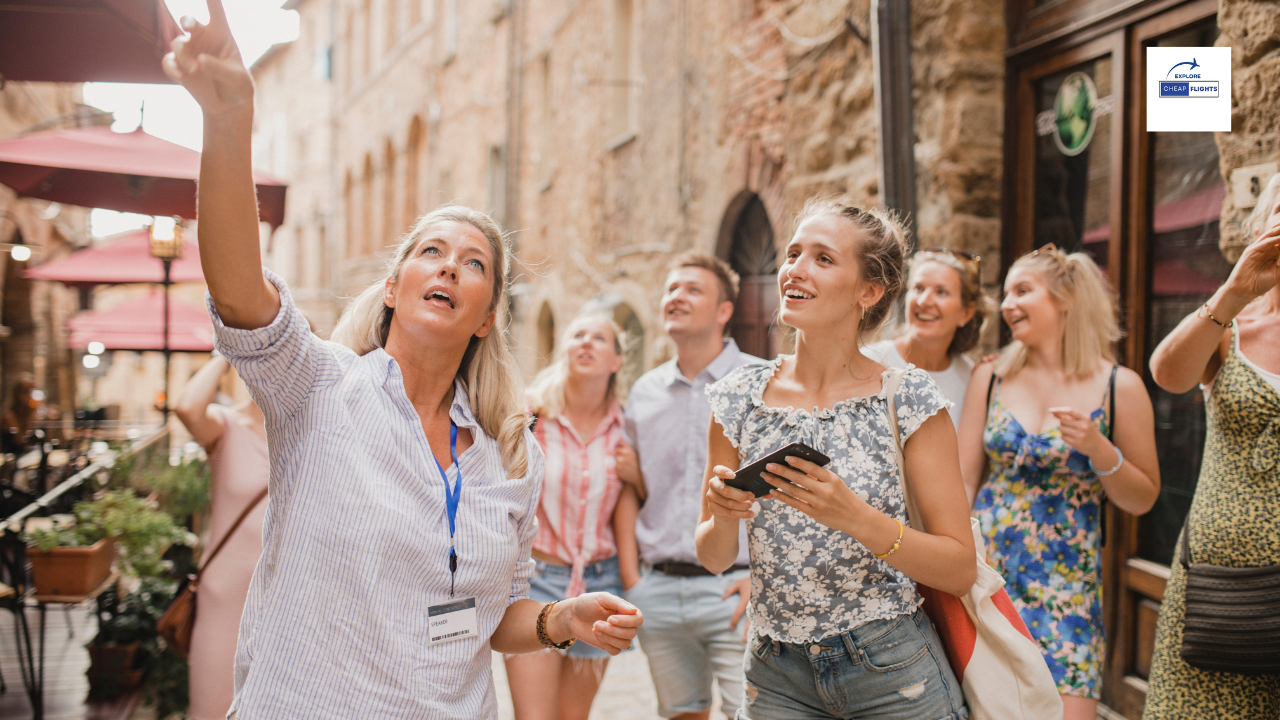
But once inside a restaurant, grocery store, or even a mall, your perspective shifts. Therefore target audiences include; interested tourists, fellow compatriots, everybody with a desire to explore San Francisco’s Japan town. Its history, and its food, as well as anybody with a taste for tasty bites. This is a recipe one should attempt even if they do not possess the ingredients being used in the preparation process.
Muir Woods National Monument
Whereas the biologists call them sequoia sempervirens. There is nothing as magical as calling them the California coastal redwoods, as greater tourists and I called them. It is a 558-acre area initially declared a national monument by President Theodore Roosevelt in 1908. This was named John Muir following the name of the famous conservationist. It has one of the Bay Area’s rare surviving old redwood woods. Every step you take here is a must-see marvel.
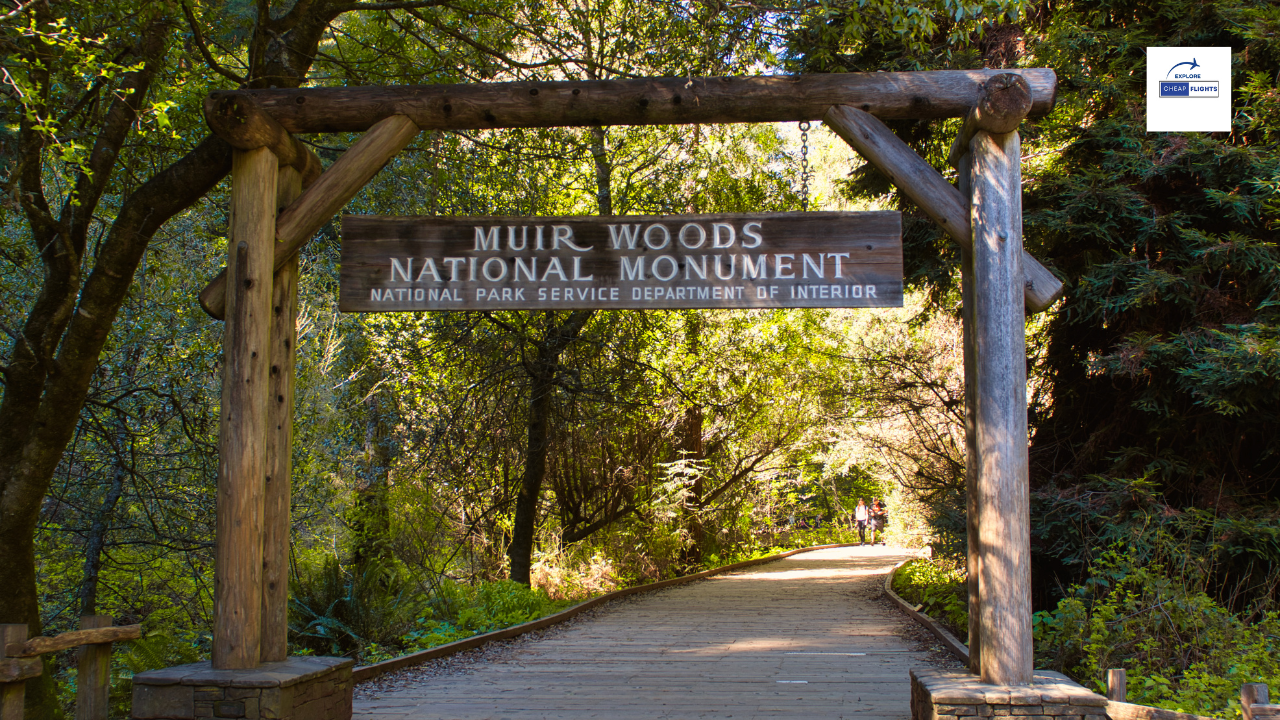
The park has around six miles of pathways that weave among the giant trees to sites like Cathedral Grove and Bohemian Grove, along Redwood Creek. If the visitors are relatively experienced with hiking. They can go for more complicated treks at Mount Tamalpais State Park nearby.
San Francisco Museum of Modern Art
SFMOMA is famous for its extraordinary architecture and innovative approach to the exhibition of art. Thus ranking among the leaders of San Francisco museums. Strategically situated between the BART station and MUNI buses, centrally in downtown San Francisco. Snøhetta architects designed an unusual addition that features a two-story-high and half-block-long “living wall” covered with native plants. As well as fiberglass-reinforced panels on the façade that imitate the waves of the Bay.
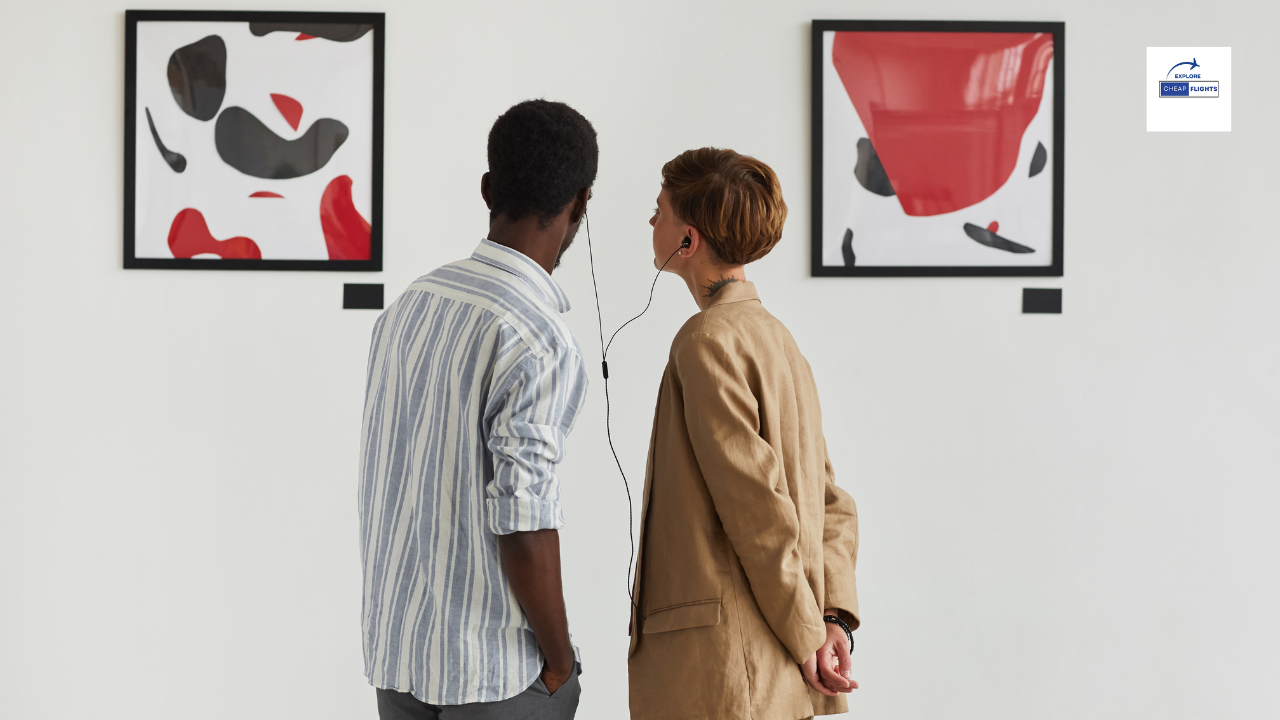
The collection is full of big hitters, and the Museum Store is brimming with marvels, including Lichtenstein-inspired vases, light book-shaped lamps, exquisite silver necklaces, and a chess set with San Francisco landmarks as components. Spending the full day here is absolutely an option.
The Legion of Honor Museum
Originally, it is not only one of the most famous and beloved museums in San Francisco. One of the most beautiful buildings as well. The museum is indeed a twin of Paris’ Legion d’Honneur.
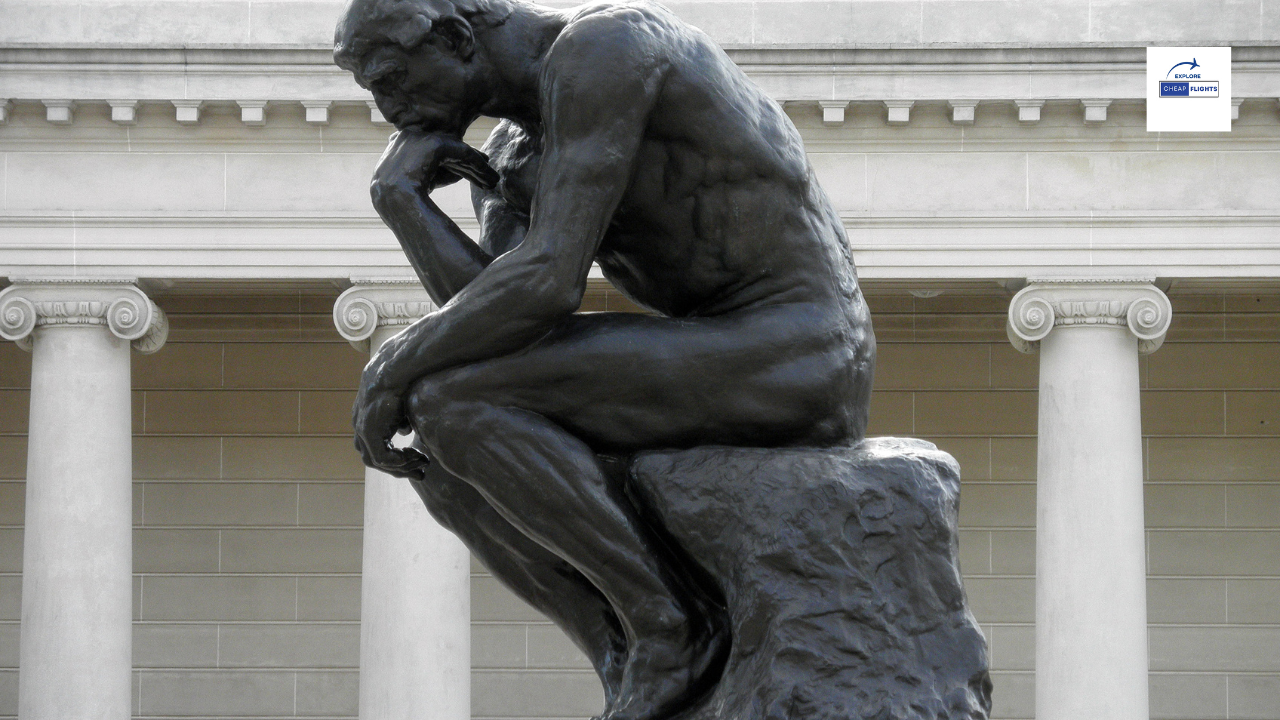
It accommodates close to 800 European arts and paintings such as those of Picasso, Monet, and Rembrandt; over ninety statue artworks of Rodin most of which is The Thinker. Make time for a walk throughout the grounds, which offers stunning views of the Golden Gate Bridge.
San Francisco cable cars
Horses and carriages had long struggled to climb San Francisco’s steep hills. Thus the cable car system was established in 1873, with three of the original eight lines still in operation. They are an icon of San Francisco, the world’s last manually operated cable car system, and one of the city’s most visited attractions. Every year, an estimated 9.7 million passengers board—the great majority of them are tourists. Some inhabitants continue to utilize these moving monuments to crisscross the city. Which exactly were meant more than 150 years ago.
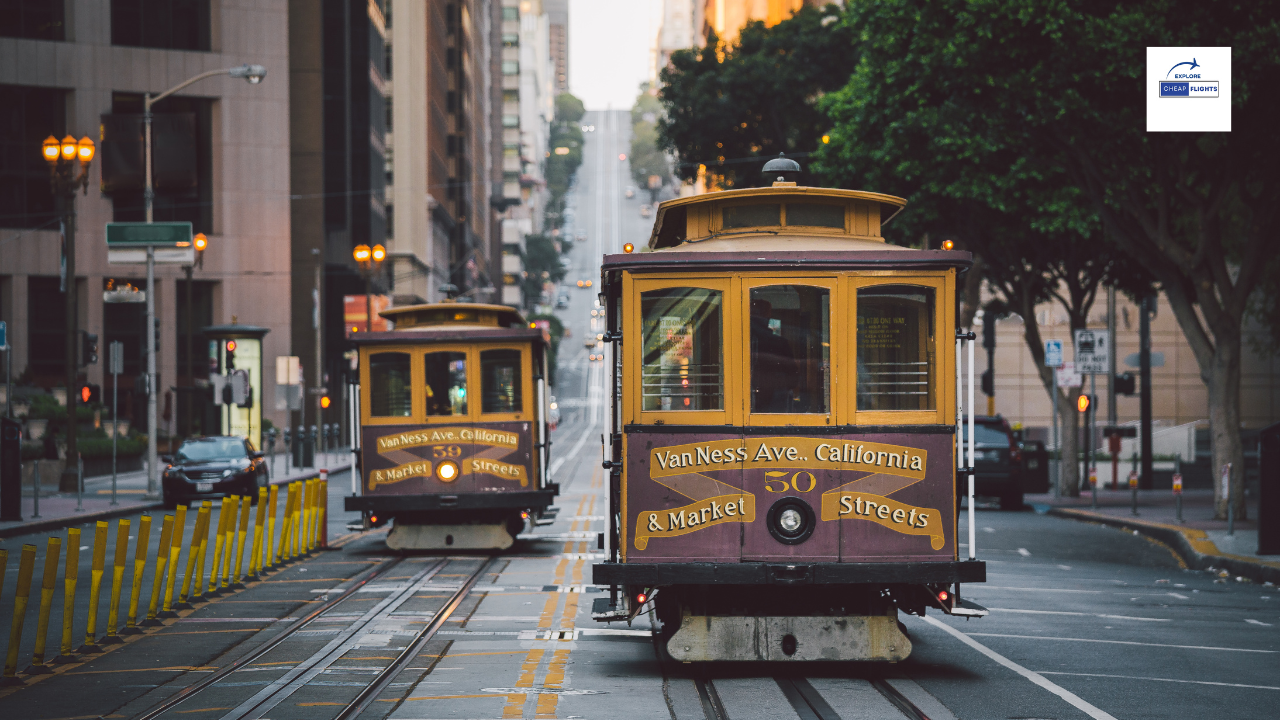
Riding is somewhat similar to an open carriage, a moving stand, and a slow-moving merry-go-round. There are wooden benches to be seated when boarding for the ride or you can grip the poles on the car’s side, standing if you prefer when it navigates the steep streets in San Francisco.
California Academy of Sciences
The spectacular Science and Natural History Museum in Golden Gate Park was entirely renovated in 2008, and the new Renzo Piano-designed structure has distinctive architectural aspects such as a rooftop covered with local plant life. The “living exhibits” are likely the highlights.
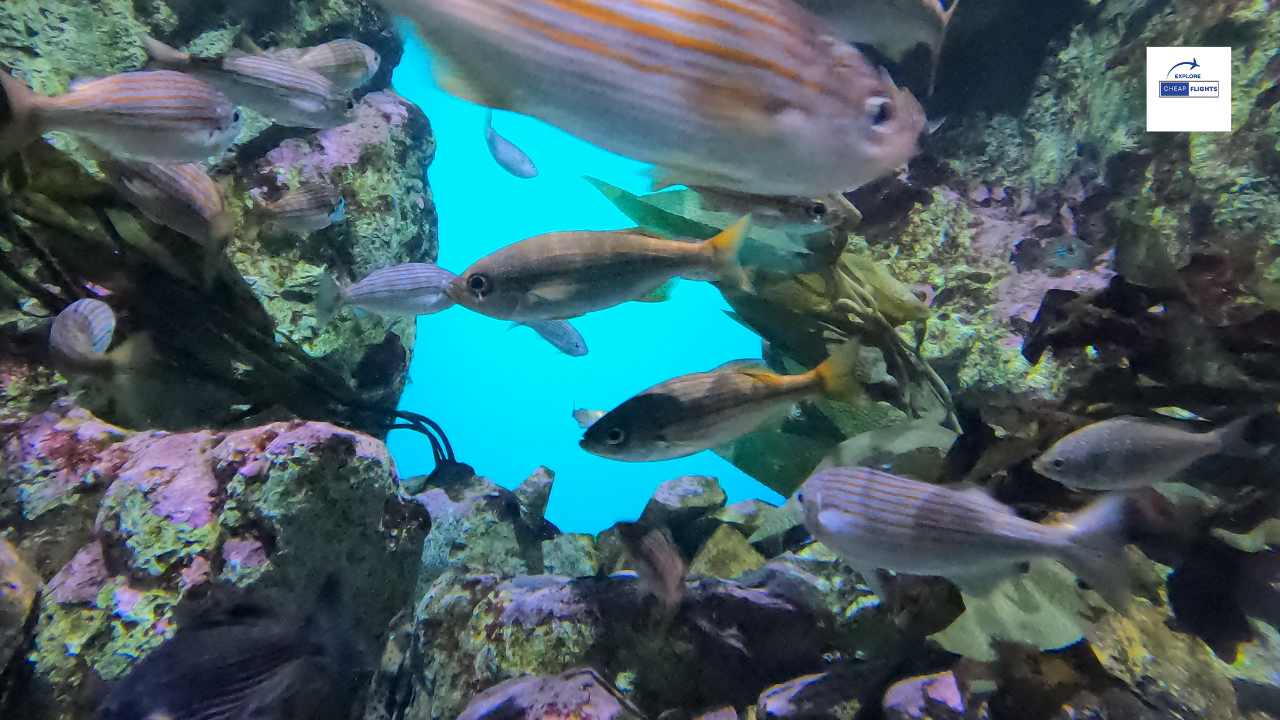
There is a rainforest full of plants, frogs, and free-flying birds and butterflies, as well as a flooded jungle tunnel teeming with Amazonian fish. Other live animal displays include a recreated swamp where you can see Claude, the resident albino alligator with ruby-red eyes, as well as a colony of lively African penguins that swim and do flips in the same tank as pajama sharks and sea stars.
There’s also the Steinhart Aquarium, which has jellyfish and a living coral reef. The remaining ‘live’ is Shake House, an exhibit through which visitors get to safely feel the types of shakes that the Bay Area felt during two of the largest earthquakes in the city; the Loma Prieta Earthquake and the Great Earthquake of 1906.
Chinatown
San Francisco’s Chinatown is indeed the mecca of Chinese-American culture and rightfully so, it is etched in the consciousness of the typical American. The area is older than any other Chinese enclave in North America, having been founded during the California Gold Rush. With 30 square blocks to explore, it is also the largest neighborhood outside of Asia. Explore Chinatown’s nooks and corners on foot.
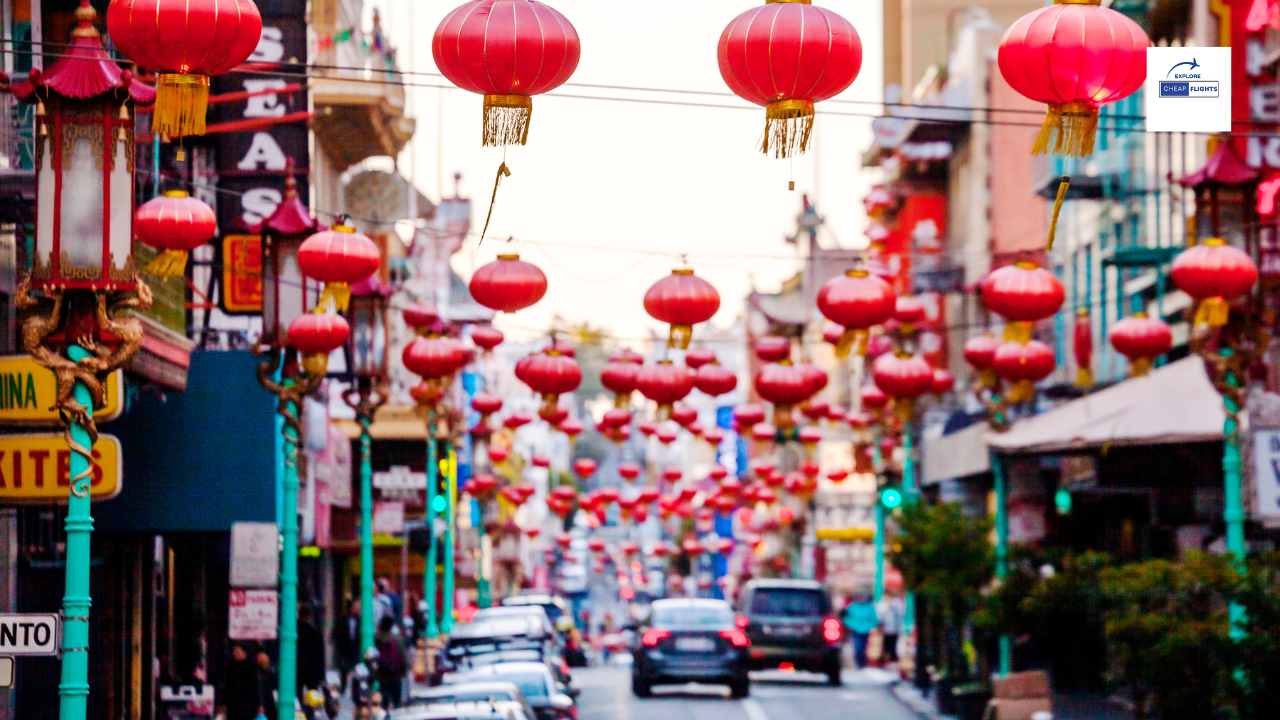
You’ll discover something fresh and amazing beneath the swaying red lanterns and neon signs. Tin How Temple, a calm, incense-filled sanctuary where people congregate to worship, is down one side alley. While Golden Gate Fortune Cookie Factory, a modest business where workers quickly fold fortune cookies to the accompaniment of buzzing machinery, is down another.
Families enjoying dim sum, elderly Chinese men and women playing mahjong in Portsmouth Square, well-dressed foodies enjoying a night out at Michelin-starred Mister Jiu’s. The stunning Empress by Boon, or the upscale Eight Tables, as well as tourists looking to buy souvenirs (prices are lower here than in Union Square and Pier 39). This are just a few examples of the diverse range of people you’ll see. .
Alcatraz Island
You may know it by its genuine name or as “The Rock” (thanks, Nic Cage!). The jail was operational as a federal penitentiary for 29 years and formerly imprisoned criminal Al Capone. It became known for botched escape attempts—the island lies just 1.25 miles away, and 34 convicts were tempted by the city’s bright lights into swimming across the chilly, turbulent waters to freedom. Today, you can take a 12-minute ferry journey to the island and see the iconic jail up close. Audio tours lead visitors through the main cell block, laundry facilities, and chow house.
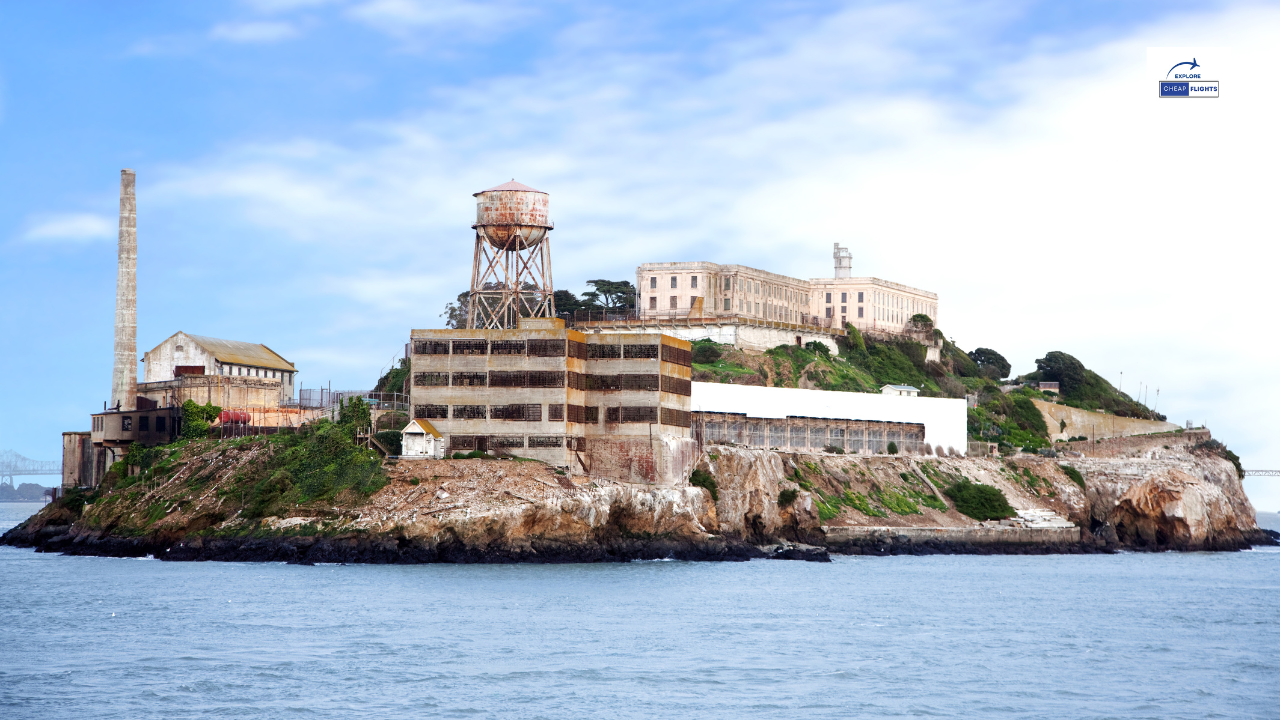
Don’t overlook the remnants of the 15-room Warden’s home, which hosted sumptuous parties. It was burnt down by Native American activists during the occupation of Alcatraz Island for 19 months in 1970. Eagle Plaza, the Recreation Yard, and the well-tended island gardens made thanks to the workers from the conservancy of the Golden Gate National Parks are also interesting.
Sutro Baths
These Instagram-worthy ruins overlooking the Pacific attract hikers and visitors during the day, especially around twilight. When the vistas are breathtaking. They are the last remnants of a complex founded by Mayor Adolph Sutro in 1896 and destroyed by fire 70 years later.
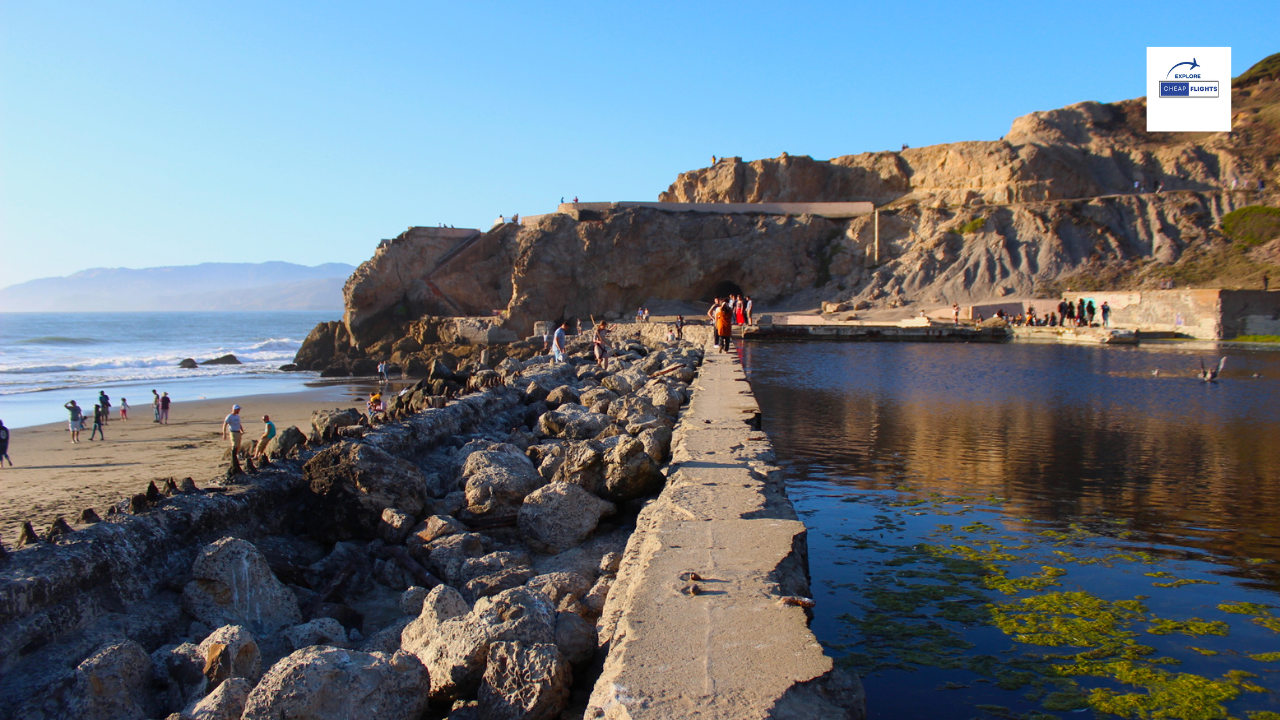
The eerie beauty of this location stands out in a city with numerous open places. Where else in San Francisco can you discover huge ruins by the sea? It’s almost like something out of the ancient world.
